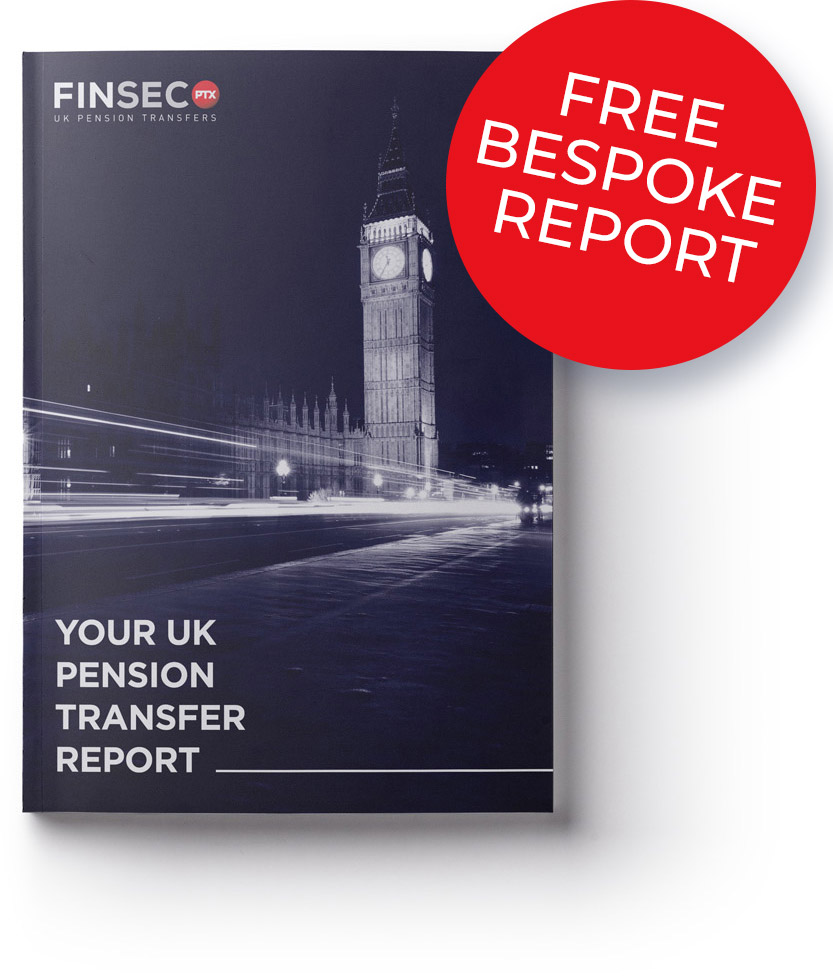Changes made following the 2023 UK Budget (15 March 2023):
- The lifetime allowance charge was removed on 6 April 2023
- The lifetime allowance has been abolished altogether from April 2024
- The lifetime allowance has been replaced with an overseas transfer allowance for those looking to transfer their UK pension to a QROPS from 6 April 2024
*** The content below refers to the current rules around lifetime allowances and will be updated in line with the changes as they are legislated and/or come into effect.
What is the UK LifeTime Allowance?
The UK Life Time Allowance (LTA) is a limit imposed by Her Majesty’s Revenue and Customs (HMRC), that dictates what can be withdrawn from registered pension schemes without incurring an LTA tax charge.
All pension capital is allowed to grow free of tax and free from LTA assessment. It is only when a member is looking to take benefit (known as a benefit crystallisation event) that the full pension pot will be marked against his/ her LTA.
The current standard LTA is £1,073,100 and is frozen at this level until April 2026.
*** Recent UK newspaper speculation (June 2021) has indicated that the UK Treasury is looking at changes to pension allowances and tax reliefs as a means to help pay the Covid bill, and one of the recommendations is to reduce the Lifetime Allowance to £800,000.

KEY POINTS
Historic LTA figures
Below are the figures for the standard LTA since its introduction in the tax year 2006/07:
| TAX YEAR | STANDARD LTA | TAX YEAR | STANDARD LTA |
|---|---|---|---|
| 2020/21 to 2025/26 | £1,073,100 | 2012/13 | £1,500,000 |
| 2019/20 | £1,055,000 | 2011/12 | £1,800,000 |
| 2018/19 | £1,030,000 | 2010/11 | £1,800,000 |
| 2017/18 | £1,000,000 | 2009/10 | £1,750,000 |
| 2016/17 | £1,000,000 | 2008/09 | £1,650,000 |
| 2015/16 | £1,250,000 | 2007/08 | £1,600,000 |
| 2014/15 | £1,250,000 | 2006/07 | £1,500,000 |
| 2013/14 | £1,500,000 |
From 2018/19 the standard LTA had been set to increase with inflation each year – based on the increase in CPI in the 12 months to the previous September (rounded up to the nearest £100). However, the Chancellor announced in the 2021 Budget that it was to be frozen at the 2021/22 level for another five years.
What are Benefit Crystallisation Events?
Every time untouched benefits from a pension scheme are brought into payment, this is known as a benefit crystallisation event (BCE).
Generally speaking, the amount used is expressed as a percentage of the standard LTA, rounded down to two decimal places. An individual could crystallise benefits on a number of occasions, so the percentages used are added together at each BCE to check if the individual’s LTA has been exceeded. If the cumulative percentage exceeds 100% at a BCE, the amount crystallised above the available allowance is subject to the LTA tax charge.
BCEs can also occur:
- on receipt of an ongoing pension
- on death before age 75
- on reaching age 75
- on transfer to a qualifying recognised overseas pension scheme (QROPS)
The amount of LTA used up at a crystallisation event depends on the type of benefit being paid, but the main benefit types are valued as follows:
| BENEFIT TYPE | VALUE FOR LTA PURPOSES |
|---|---|
| Lifetime annuity | Amount of fund used to purchase the annuity |
| Income drawdown | Amount of fund designated for drawdown |
| Scheme pension | 20 x the initial annual rate of pension income |
| Tax-free lump sum | Amount of the lump sum |
What are the penalties for exceeding the LTA?
In short, the penalties are quite severe. Exceeding the limit will result in an additional tax charge (on any amount over the LTA) of:
HOW CAN A QROPS IN AUSTRALIA MINIMISE THE PROBLEM?
Whenever a member moves their pension capital out of the UK and into an HMRC Qualifying Recognised Overseas Pension Scheme (QROPS), HMRC effectively ‘mark’ the transferred sum against the member’s LTA. Any amount above the LTA would result in a tax charge of 25%, which is effectively the lowest tax charge payable in this scenario. As the pension amount that has been transferred is marked in stone, the pension is entirely protected, even in the instance of the member returning to the UK and will allow the pension capital to grow free of any future LTA charge.
Protection from the decreases in the LTA (fixed & individual protection)
It is possible in some circumstances to obtain LTA Protection over and above the current £1,073,100 limit.
The LTA peaked at £1.8M in 2010/11. Since then, it has dropped on three occasions. It eventually started to increase again, in line with CPI, from 2018/19 onwards.
Each time it dropped, HMRC introduced protections to allow people to retain a higher personalised LTA.
Having any of the fixed or individual protections gives an individual their own personal LTA, and whenever any benefits crystallise while the protection is in force, a percentage of their personal LTA will be used up, provided the individual provides information on their protection to the scheme administrator.
If increases to the standard LTA take it above the level of an individual’s protected LTA, they’ll automatically revert to the higher standard LTA.
With speculation regarding further reductions afoot, we would suggest that along with requesting pension valuations, that you discuss with us whether protecting your LTA is possible for you, at what level this can be protected at and how this can be arranged.
